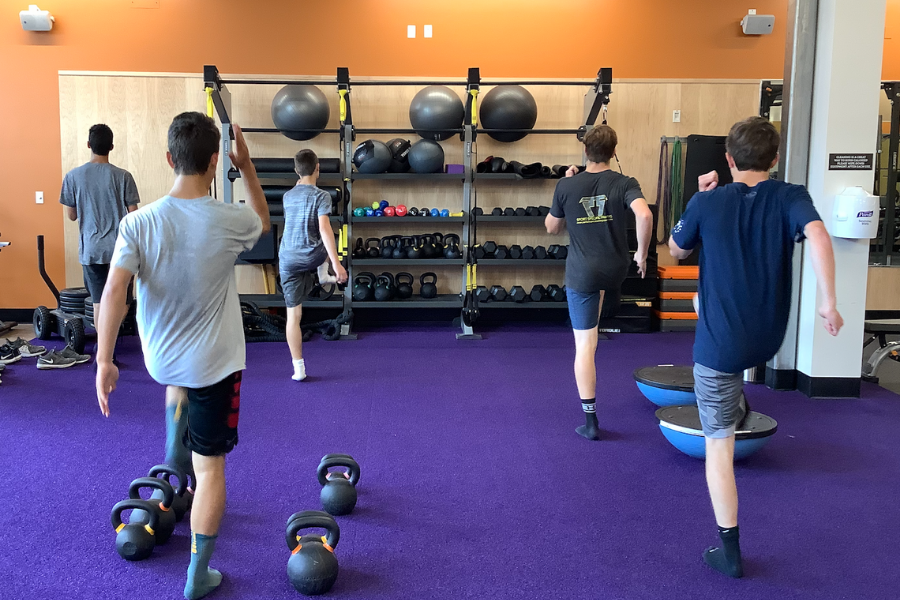A warm up exercises for runners is a vital part of preparation if you’re a long distance runner, marathon runner, or 5K weekend warriors.
A thorough warm up can drastically reduce your risk of injury, as well as improve your muscles’ ability to work at full capacity and enable you to run faster, and further.
So you can enjoy your runs without fear of picking up injuries that leave you unable to exercise.
And you can hit personal bests for speed, distance or both!
So, yes, warms up are pretty important, and if you take your running seriously, then you’ll want to make sure you’re warming up right.


